Cats don’t just love the sunbeam on your living room floor—they’re wired to explore, climb, stalk, and survey their world. With a little creativity, you can turn any balcony, patio, or backyard into a **cat-friendly oasis** that elevates your green space and your cat’s quality of life. This guide blends practical design, plant wisdom, and behavior science so your outdoor area becomes the most **purr-suasive spot** in the neighborhood.
—
Why outdoor enrichment matters for cats
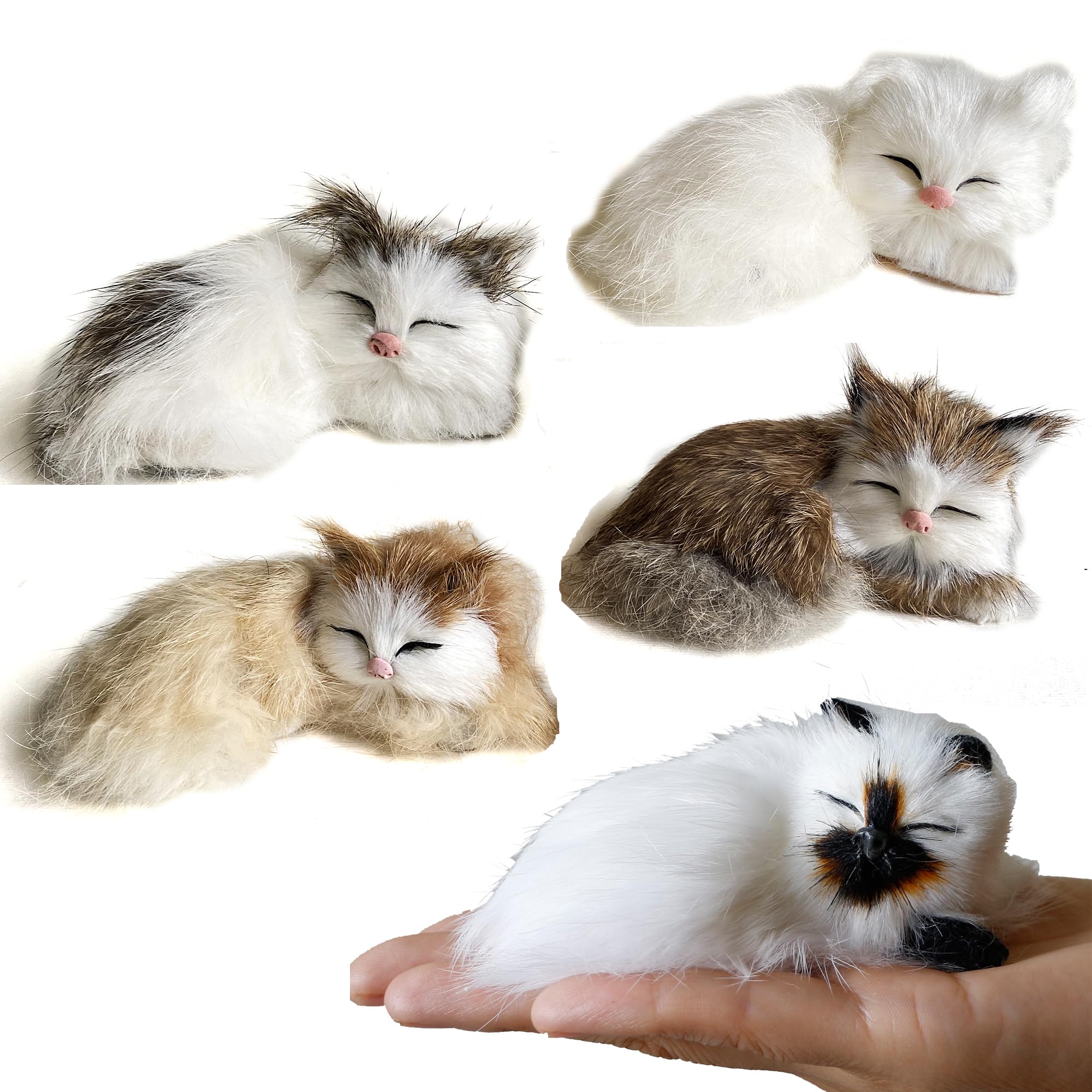
Cats are natural explorers, and even indoor cats keep the hardwired instincts of a **stealthy predator**.
Outdoor enrichment provides safe ways to scratch, climb, sniff, and sunbathe—behaviors that lower stress and increase confidence.
Studies show that novel scents and physical challenges reduce boredom-related issues like overgrooming and midnight zoomies.
Sunlight helps regulate circadian rhythms and boost vitamin D synthesis on the fur, which cats later ingest during grooming.
Fresh air and varied textures—stone, wood, grass—offer **sensory enrichment** that indoor surfaces can’t replicate.
A dedicated outdoor space can improve multi-cat harmony by increasing territory and offering multiple “zones.”
Even short, supervised outdoor sessions can increase daily activity, helping with weight management and joint health.
Outdoor time done right is safer for wildlife and for cats than free-roaming, which carries risks from cars and predators.
Enrichment builds resilience: shy cats gain confidence, while bold cats burn energy in healthy ways.
Best of all, a cat-friendly garden invites you to slow down and enjoy the outdoors together.
—
Designing safe catios that blend with greenery
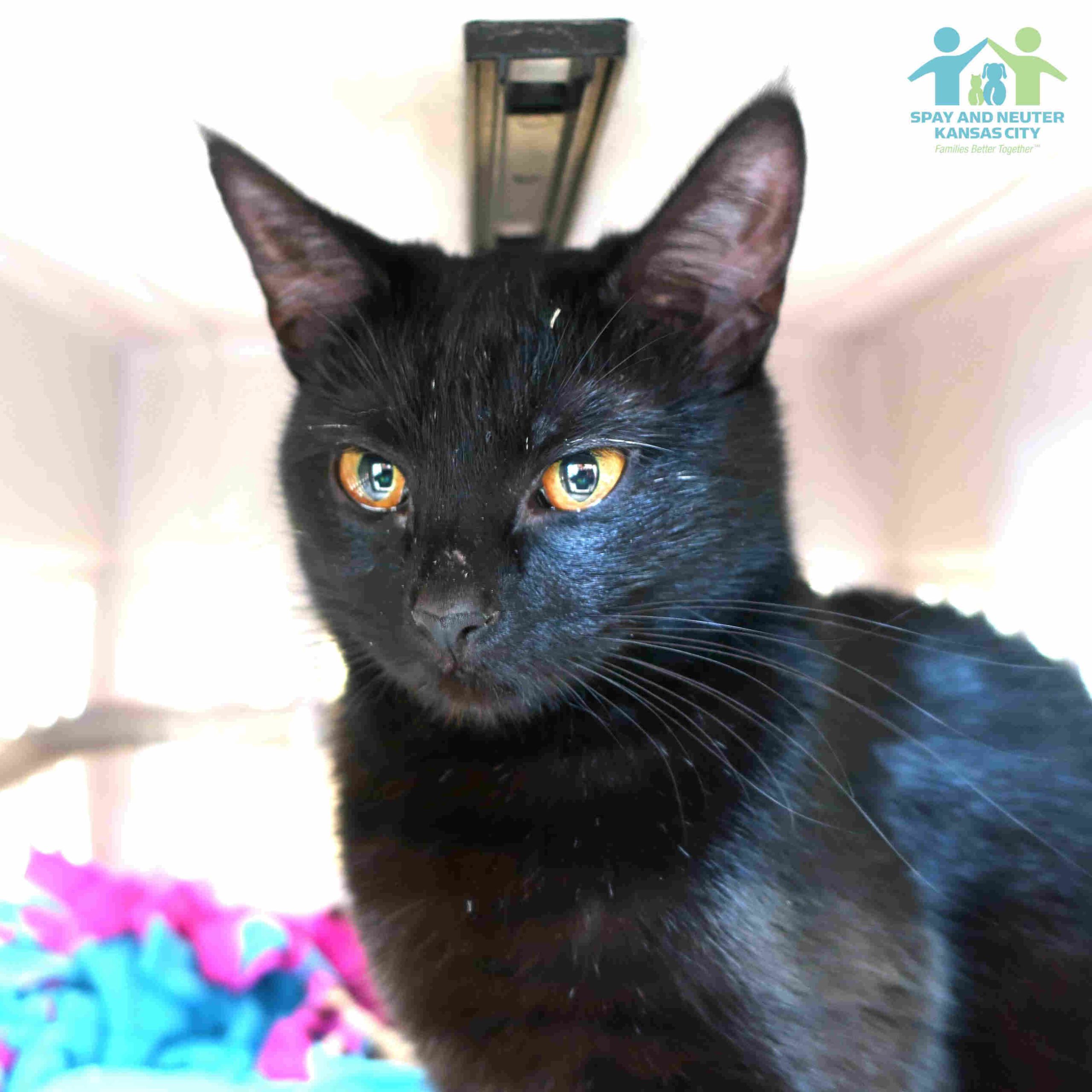
A **catio** is a secure, enclosed space that lets cats enjoy the outdoors without the risks of free-roaming.
Choose a site with both sun and shade; morning sun is gentler and ideal for lounging.
Blend the structure with your landscape using wood cladding, planter boxes, and natural tones.
Use sturdy welded wire mesh (about 1 x 1 inch) or PVC-coated hardware cloth to prevent escapes.
Anchor frames to walls or decks; wind loads and playful pounces demand solid connections.
Add a solid roof panel or polycarbonate sheets for rain protection and UV stability.
Include human access for cleaning, with lockable doors and latches cats can’t manipulate.
Create cat-only exits from indoors using a **microchip pet door** for controlled access.
Integrate planter pockets along the exterior so safe plants soften the look without chew risks inside.
If space is tight, try a **window box catio**—small, green, and perfect for urban apartments.
—
Create vertical trails: shelves, ramps, and perches

Cats feel secure when they can move vertically and choose their altitude.
Install a zigzag of shelves that let cats travel without backtracking, reducing crowding for multi-cat homes.
Shelves should be at least shoulder-width for your largest cat and have **anti-slip surfaces** like outdoor carpet.
Ramps with gentle slopes help seniors and tripod cats join the fun without strain.
Add corner perches to create **“air highways”** that double as lookout spots.
Include hideaway cubbies along the route so shy cats can pause and regroup.
Use load-rated brackets and exterior-grade screws; plan for a 20–25 lb load per shelf.
Avoid huge single leaps; keep gaps to 12–16 inches for most cats, closer for kittens and seniors.
Anchor tall structures to walls or frames to prevent wobble and falls.
Finish with a top **“king-of-the-catio”** platform—shade it for midday naps and regal views.
—
Plant a cat-safe garden: herbs, grasses, shrubs

Focus on **non-toxic plants** and verify choices with a reputable pet-safety database like the ASPCA.
Catnip (*Nepeta cataria*), catmint (*Nepeta mussinii*), and **silver vine** (*Actinidia polygama*) are enrichment all-stars.
Offer cat grass mixes (oat, barley, rye) in planters for chewing and hairball help.
Herbs like basil, thyme, rosemary, and lemon balm are generally safe and smell fantastic.
Spider plants, areca palm, parlor palm, and Boston fern add lush texture without toxicity.
Edible flowers like nasturtium and pansy are cheerful and cat-safe when grown without chemicals.
Small fruiting shrubs like blueberry can be safe; ensure no pesticides and supervise nibblers.
Avoid **lilies, sago palm, foxglove, azalea, and philodendron**—common but dangerous to cats.
Skip cocoa mulch and strong essential oil sprays; both can pose risks to pets.
When in doubt, plant outside the catio perimeter where curious mouths can’t reach.
—
Shade, wind, and weather: comfortable microclimates

Cats prefer options; provide both **sun puddles** and cool retreats within a few steps.
Shade sails or pergolas create dappled light that mimics a woodland canopy.
Use breathable fabrics rated 40–60% shade to reduce heat without trapping air.
Create windbreaks with lattice panels or bamboo screens, leaving gaps for airflow.
Elevated platforms catch breezes; cushioned cubbies block drafts during gusty days.
**Thermal mass**—stone pavers or ceramic planters—stores cool at night and radiates gentle warmth by day.
In hot climates, add a cooling mat in the shade and a shallow water basin nearby.
In cooler regions, a well-vented, insulated cubby offers a cozy microclimate.
Orient lounging zones east for gentle morning sun and avoid harsh west-facing exposures.
Always provide a sheltered spot that stays dry in rain and accessible even during storms.
—
Hiding nooks and lookout points for shy explorers
Not every cat is a bold climber; **shy cats need predictable retreats**.
Build low, covered nooks beneath benches, with **two exits** to avoid cornering.
Use planters to create visual breaks so cats feel hidden while still observing.
Add peek-through cutouts in panels for “private” surveillance points.
Place soft bedding or a cork mat inside cubbies to absorb sound and add comfort.
Offer mid-height tunnels made from weatherproof wood or recycled plastic.
Perch platforms near solid walls feel safer than open-edge shelves.
Create a sightline to the door so timid cats can monitor comings and goings.
Position lookout shelves near, but not on, high-traffic human paths.
Respect your cat’s choices; offering options builds confidence over time.
—
Water features cats love: drips, bowls, and basins
Many cats prefer **moving water** because it seems fresher and easier to locate.
Install a recirculating drip feature that creates gentle ripples without splash.
Use a shallow basin with stones that rise above the water so paws and whiskers stay dry.
Keep cords protected and pumps on **GFCI outlets** for safety.
Shade water sources to keep them cooler and more appealing.
Clean basins weekly with pet-safe cleaners and rinse thoroughly.
If mosquitoes are an issue, consider **Bti mosquito dunks** as labeled, which are generally pet-safe.
Offer multiple water stations at different heights to reduce competition.
Avoid chemical algaecides; instead, scrub biofilm and refresh water often.
Some cats like pawing water—embrace it and place a mat under the splash zone.
—
Dig-proof borders and gentle, cat-safe deterrents
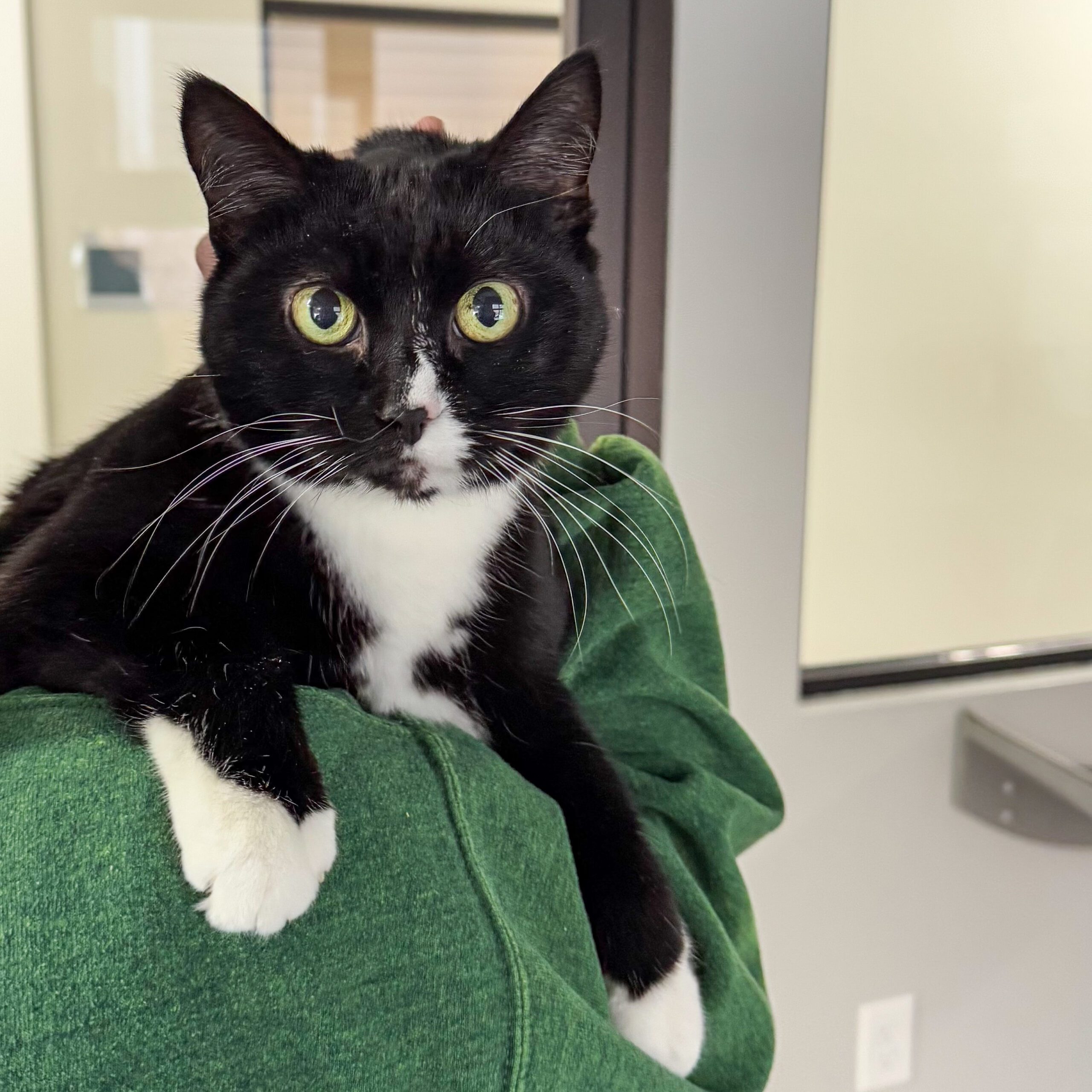
For catios on soil, line perimeters with buried hardware cloth in an **L-shape** to prevent tunneling.
Install paver edging to create a firm, no-dig boundary that still looks garden-worthy.
Lay **chicken wire under mulch** in “favorite dig spots” to deter without harm.
Use plastic “prickle” mats in planters to protect roots while being gentle on paws.
**Motion-activated sprinklers** humanely discourage neighborhood cats from approaching exterior fences.
Scent-based deterrents are hit-or-miss; avoid harsh essential oils and anything toxic like mothballs.
Citrus peels may deter some cats, but remove them before mold forms and don’t rely on them solely.
Fence-top rollers or inward-leaning capping can prevent climbs where needed.
Seal gaps wider than a paw with trim or mesh; cats are escape artists.
Keep deterrents outside the catio and use **positive reinforcement** inside to guide behavior.
—
Enrichment zones: scent trails, puzzles, and play
Rotate scent lures like dried catnip, silver vine sticks, and valerian root in sealed sachets.
Create **“scent trails”** by lightly rubbing herbs on posts and pathways once a week.
Build foraging boxes with shredded paper and a few treats for snuffle-time.
Use **puzzle feeders** to encourage problem-solving and slow snacking.
Hang wind-spinners or feather toys on bungees where cats can bat safely.
Add a sturdy scratch post—sisal or rough cedar—to satisfy claw care.
Set up a chase lane: a clear path where wand toys can zip and weave.
Change the layout monthly; **novelty keeps interest** and reduces boredom.
In multi-cat homes, duplicate popular items to prevent resource guarding.
End sessions with a small snack to complete the **hunt-rest-groom cycle**.
—
Lighting and night safety for twilight prowlers
Cats are **crepuscular**, most active at dawn and dusk when light is low.
Use warm, low-glare path lights (around $2700\text{K}$) to aid human visibility without disrupting wildlife.
Shielded fixtures direct light downward, preserving dark skies and your cat’s night vision.
Motion lights near doors help you supervise without leaving lights on for hours.
Reflective markers on steps and shelves reduce missteps during zoomies.
Ensure **breakaway collars** with reflective strips and updated ID, even for catio-only cats.
Timers help maintain routines; predictable light cues can calm anxious cats.
Avoid blue-rich LEDs that can affect nocturnal insects and circadian rhythms.
Check perches for secure footing; add anti-slip strips to ramps.
Even at night, keep doors latched and supervise—safety first, adventures second.
—
Materials that last: wood, wire, and eco finishes
Choose naturally durable woods like **cedar or thermally modified ash** for weather resistance.
Use **galvanized-after-weld or stainless steel mesh** to prevent rust and sharp edges.
PVC-coated hardware cloth offers extra corrosion resistance and a softer look.
Fasten with **exterior-grade screws**; avoid staples that can loosen over time.
Polycarbonate roof panels are lightweight, UV-stable, and hail-tough.
Select water-based, **low- or zero-VOC finishes** safe for pets once cured.
Avoid old chromated copper arsenate (CCA) lumber; modern ACQ-treated boards are safer.
Add rubber or cork under footings to reduce vibration and noise.
Composites and recycled plastics work well for ramps that touch soil.
Where possible, source **FSC-certified wood** and recycled materials to lower environmental impact.
—
Maintenance tips to keep cat spaces clean and lush
Scoop outdoor litter areas daily and keep them covered to prevent rain clumps.
Rinse water features weekly and scrub monthly to prevent biofilm buildup.
Shake and wash outdoor cushions; choose removable, **machine-washable covers**.
Brush loose fur off shelves and vacuum dust from corners where dander collects.
Inspect meshes, latches, and anchors quarterly for wear and tighten as needed.
Trim plants to maintain sightlines and airflow; remove any chewed or damaged leaves.
Use **pet-safe fertilizers** and iron phosphate slug bait; avoid metaldehyde and systemic pesticides.
Store compost and potting soil in sealed bins to deter curious paws.
Work with your vet on flea, tick, and heartworm prevention appropriate to your region.
Keep a **seasonal checklist**—shade in summer, windproofing in winter—so the catio stays purr-fect all year.
A cat-friendly outdoor design doesn’t need acres of land or a huge budget—just thoughtful layers of safety, comfort, and curiosity. Blend sturdy structures with cat-safe plants, offer vertical choices and cozy retreats, and keep water, shade, and enrichment in easy reach. With a little maintenance and a lot of love, your green space will become a sanctuary where you and your whiskered companions can breathe, explore, and bask together.

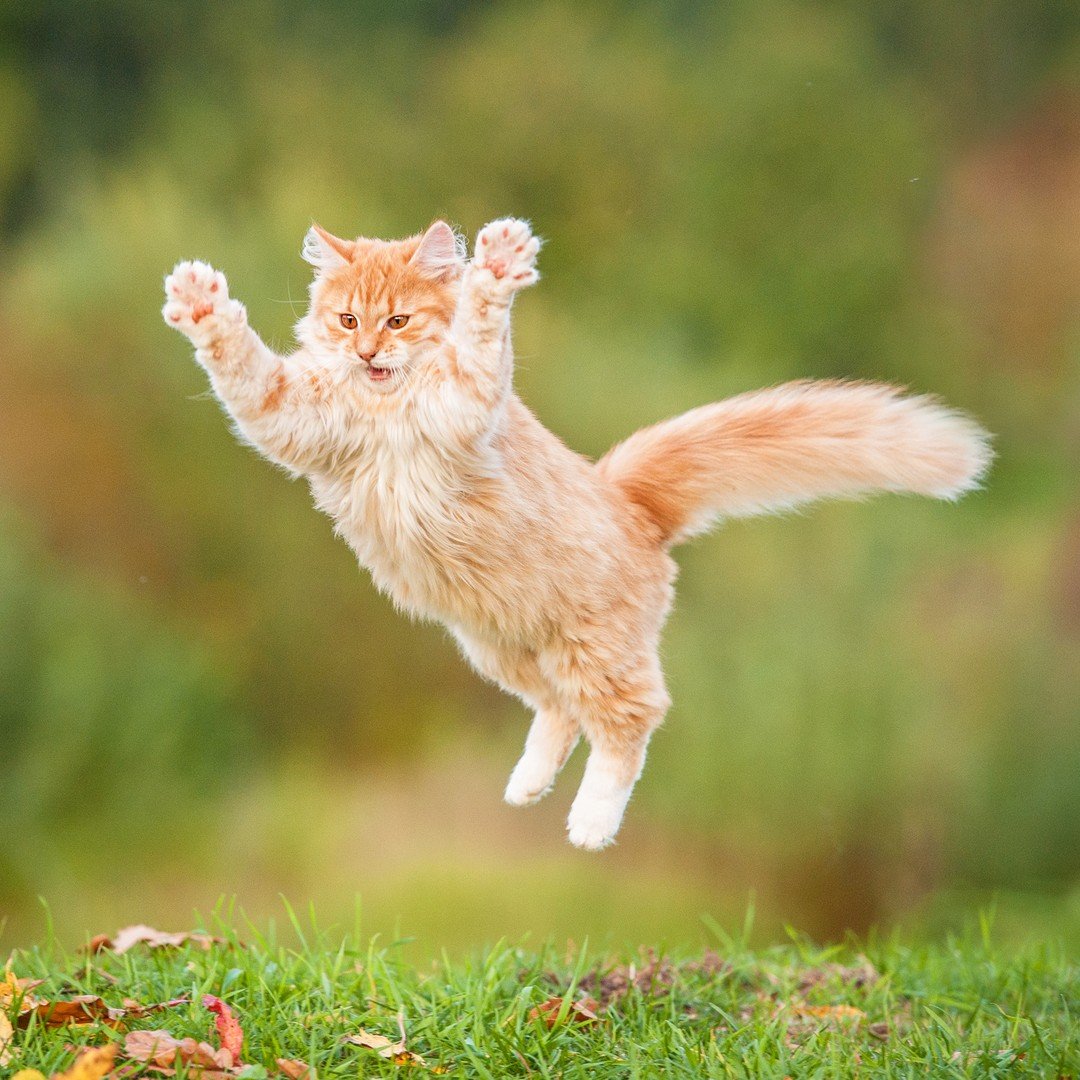
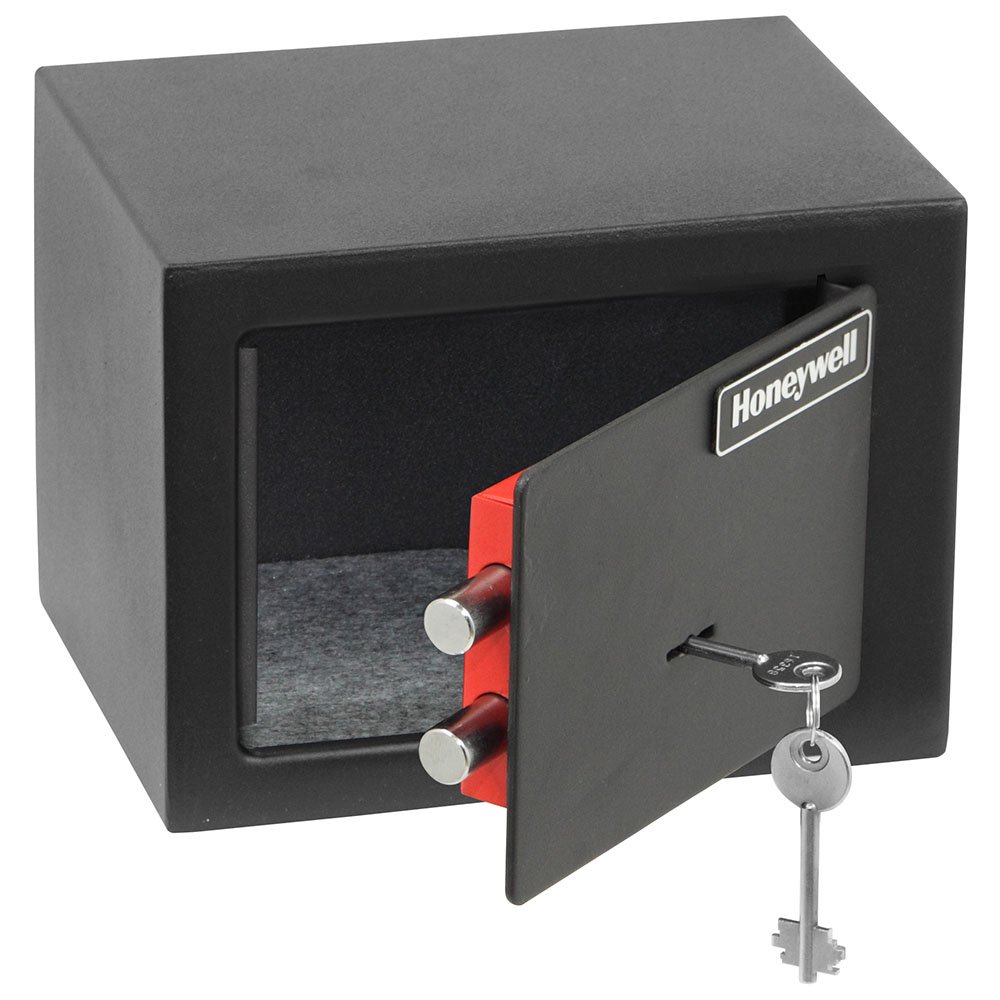
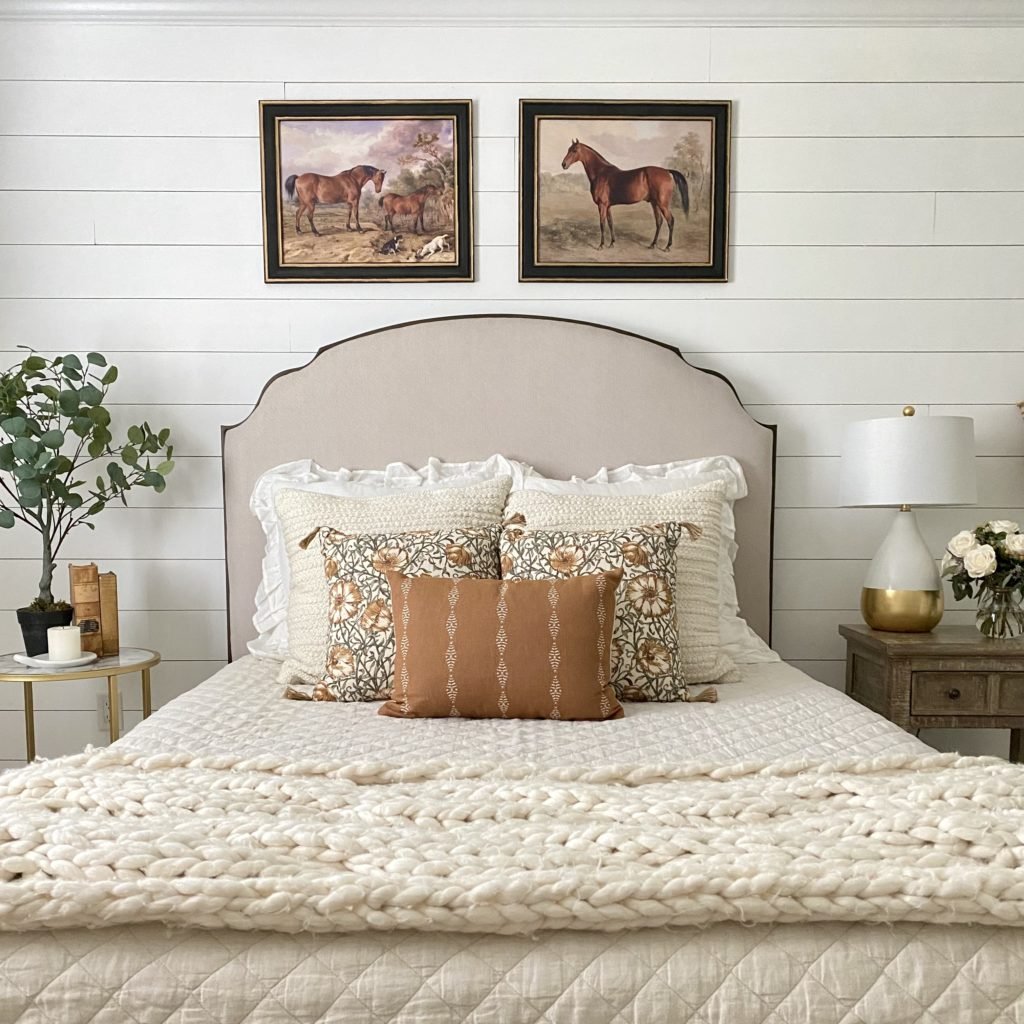
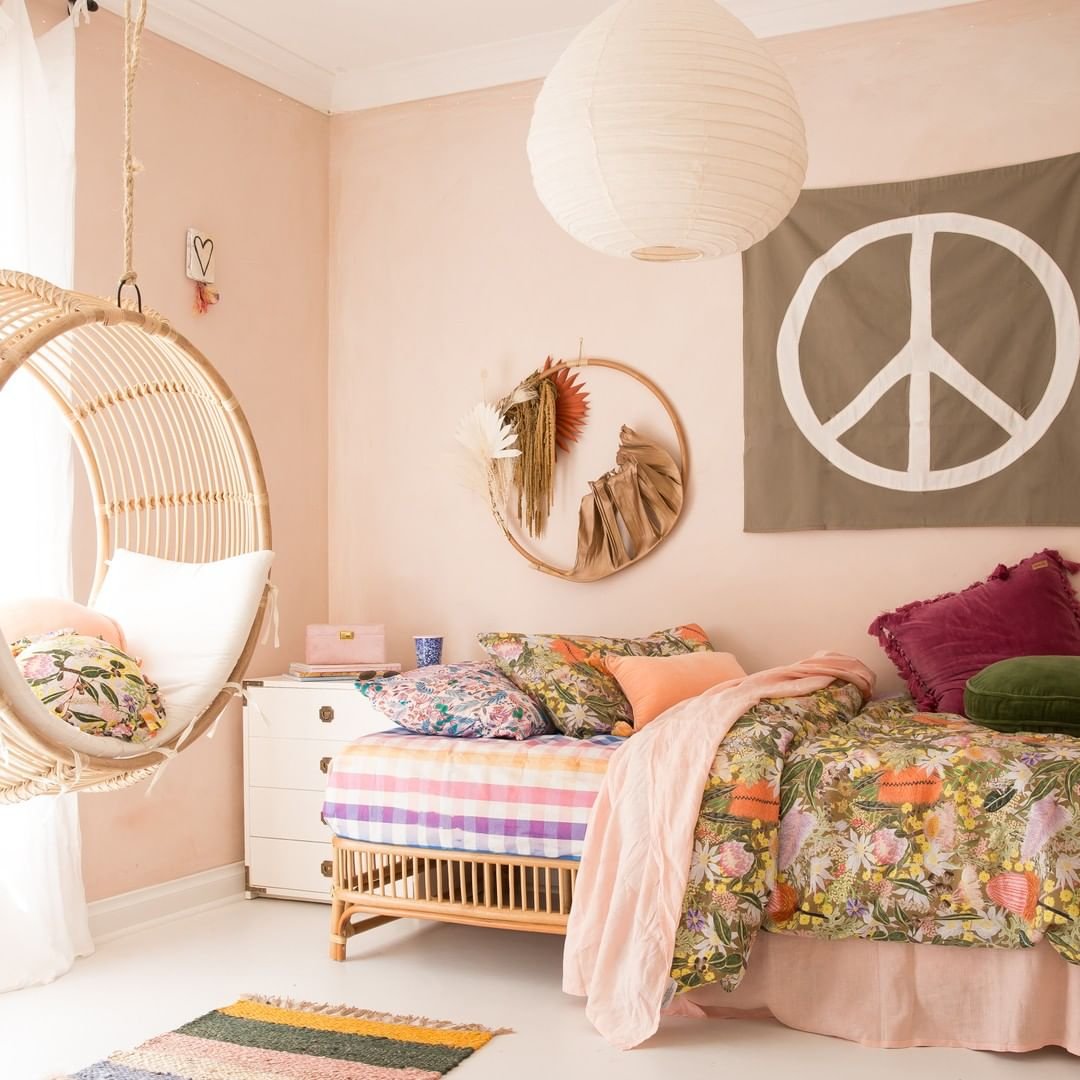
3 thoughts on “Cat friendly outdoor designs to elevate your green space”